Air fryers, yogurt machines, sandwich machines, bread machines, self-service fryers... "Small and beautiful" small household appliances, after becoming a new favorite of consumers in a short period of time, have also embarked on the path of "falling out of favor" in a short period of time.
According to data released by Ovi Cloud, the retail sales of small kitchen appliances in 2022 reached 52.03 billion yuan, a year-on-year decrease of 6.7%; The retail volume was 220.49 million units, a year-on-year decrease of 12.7%. This is also the second consecutive year of decline in the small home appliance category.
In 2021, the retail sales of 12 small kitchen appliances, including rice cookers, induction cookers, electric pressure cookers, and soybean milk machines, will be 51.4 billion yuan, down 14.1% year on year; The retail volume was 237.44 million units, a year-on-year decrease of 13.5%.
However, in stark contrast to the above data, there was a surge in kitchen small home appliances in 2020- statistical data shows that due to various factors, the Chinese home appliance market decreased by 14.13% year-on-year in the first half of 2020. However, the small home appliance industry saw an online retail sales volume of 78 billion yuan, an increase of 12.4% compared to the same period.
Data shows that the Chinese small home appliance market reached a scale of 450 billion yuan in 2020 and is expected to exceed 600 billion yuan by 2023. On a global scale, the total revenue of the small home appliance market is expected to reach $216.4 billion.
However, the "internet celebrity attribute" of small household appliances did not last long, and the current popularity is even more remarkable.
The "internet celebrity" attribute of small household appliances disappears
In fact, the decline of the "craze" for small home appliances did not begin this year. It is no exaggeration to say that its popularity may only last for a year before it begins to decline.
In 2020, under the influence of multiple factors such as the "lazy economy", "homestay economy", and "single economy", small appliances became the traffic password of major social media platforms in one fell swoop. At that time, many netizens shared the exquisite life brought by small household appliances, such as "squeezing a glass of juice with a broken wall machine in the morning", "homemade yogurt for a healthy life", "not being able to cook, you can use an air fryer to fry fancy food", and so on.
Consumers' enthusiasm for small appliances also encourages more players to participate. According to Tianyancha data, there are currently over 1.432 million small home appliance related enterprises in China. From the time of establishment, 44% of these enterprises were established within 1-5 years.
According to the financial reports of some A-share listed companies, Guangdong Xinbao Electrical Appliances Co., Ltd. (002705), which focuses on kitchen appliances and home care appliances, reported a net profit of 431 million yuan in 2020, a year-on-year increase of 79.19%; Xiaoxiong Electric Appliances Co., Ltd. (002959), known as the "first stock of creative small home appliances", reported a net profit of 254 million yuan in 2020, a year-on-year increase of 98.93%; Aishida (002403) reported a net profit of 144 million yuan in 2020, a year-on-year increase of 79.05%.
The speed at which small household appliances have become popular has exceeded the expectations of enterprises, while the same thing that enterprises did not expect is their explosive speed.
According to the "2021 Top 10 Idle Household Appliances Rankings" released by Juxianyu based on the keyword "second-hand eating ash", air fryers have become the top idle commodity. And treadmills, electronic readers, curling sticks, breakfast machines, Polaroid, wall breaking machines, fascia guns, beauty machines, and fitness rings are ranked second to ninth, respectively.
By 2023, the heat is still accelerating its decline.
During the "June 18th" period in 2023, the retail sales of 14 categories of kitchen small household appliances, including rice cookers, electric kettles, fryers, electric steamers, health pots, etc., reached 2.52 billion yuan, a year-on-year decrease of 19.3%; The retail volume reached 11.16 million units, a year-on-year decrease of 16.5%. The overall retail sales of all channel kitchen appliances from January to June this year were 27.55 billion yuan, a year-on-year decrease of 8.5%.
With the idle use of small household appliances, the performance of related enterprises has also sharply declined.
According to the financial report, Xiaoxiong Electric achieved a revenue of 3.606 billion yuan in 2021, a year-on-year decrease of 1.46%. Therefore, after releasing the performance forecast for the 2023 half year report, Xiaoxiong Electric's stock price experienced a significant decline, with a drop of over 30% in less than a month.
As of the close on October 12th, Little Bear Electric Appliances reported 56.73 yuan per share, with a total market value of 8.679 billion yuan, a drop of 62.26% compared to its high market value of 163.3 yuan per share in 2020.
Jiuyang Group, also a leading brand in small home appliances, is facing a situation of double decline in profits.
According to the financial report disclosed by Jiuyang Group, in the first half of 2023, the company achieved a revenue of 4.318 billion yuan, a year-on-year decrease of 8.34%; The net profit was 247 million yuan, a year-on-year decrease of 28.66%. In 2021 and 2022, the company, famous for its soybean milk machine, saw its revenue and net profit decline for two consecutive years.
Outside the secondary market, the performance of small household appliances in the primary market is also "dismal".
According to Tianyancha, as of now, there have been a total of 38 financing events in the small home appliance industry, with a financing amount exceeding 7 billion yuan. From early 2020 to March 2021, a total of 29 investment and financing events occurred for small household appliances, with a financing amount exceeding 3 billion yuan. However, since January 2023, there have been only 4 financing events, with an amount of only 45 million yuan.
Behind the slowdown of small household appliances, is it "flashy and unrealistic"?
Regarding the reasons for the rapid decline of small home appliances, Wang Haiyang, an analyst in the home appliance industry at Minsheng Securities, believes in a media interview that "the main reason for the poor performance of the industry is insufficient demand;
On the one hand, there has been a concentrated demand for kitchen appliances in the first three years;
On the other hand, the renewal cycle of electrical products is generally 2-4 years, and the current product has not yet reached the renewal period, so the demand for renewal is also relatively low. “
In fact, the rapid cooling of small appliances may not be surprising.
According to media reports, "the industry generally believes that compared to large appliances, small appliances have the attribute of lower technical and financial barriers.
Previously, Fang Hongbo, the chairman of Midea Electric, also bluntly stated at the group's 2022 shareholders' meeting, "Small appliances are a mistake made by Midea. These products have fast updates and short lifecycles, which can be said to be a flash in the pan and disappear in just one or two years
In addition to low technical barriers and short product life cycles, the lack of quality and cost-effectiveness, as well as the shift in consumer demand, are also the reasons for the rapid shutdown of small household appliances:
Firstly, when the trend of small home appliances was blowing, many manufacturers in China that were not originally involved in small home appliances also rushed in. In addition, the industry had already low entry barriers, which not only caused serious product homogenization, but also led to poor consumer experience due to quality control issues.
On the Black Cat Complaint Platform, a search was conducted using the keywords "air fryer" and "wall breaking machine", resulting in a total of 3692 and 2464 related complaints, respectively. Many of them are related to "product quality", "deceiving consumers", "products that do not match descriptions", and so on.
Secondly, as the epidemic subsides, consumers' consumption habits and usage scenarios for small household appliances have also changed. When young people transform from "homestay" to "outdoor", small household appliances that already have single functional attributes and low usage frequency will inevitably face the outcome and fate of being "eliminated".
In addition, in addition to the inherent product defects of small home appliances, the popularity of smart homes has also impacted the traditional small home appliance products mentioned above.
Young people's yearning for ultimate life is no longer about manually squeezing juice, pulling open curtains, or opening sweeping robots in the morning. Instead, with just one command, the above operations can be completed on their own. After returning home from work, there is also a greeting of "Welcome Home".
According to Xiaomi's financial report, as of December 31, 2022, the number of IoT devices connected to the Xiaomi AIoT platform reached 589 million, a year-on-year increase of 35.8%; The number of users with five or more devices connected to the AIoT platform is 11.6 million, a year-on-year increase of 32.5%.
Another set of data from the 2022 China Consumer Trends Report shows that more than 50% of white-collar workers with a monthly income of 10-15K express a greater focus on smart home hardware products.
Of course, with the rapid development of big models, the smart home industry has entered the era of smart home 3.0. Whole house intelligence has not only become a field of layout for mobile phone manufacturers such as Xiaomi, Huawei, and Honor, but also traditional home appliance enterprises such as Midea, Haier, and Suber are competing to layout and rapidly seek change.
For example, Midea has launched a 134N smart home architecture, which is equipped with artificial intelligence systems and is presented through a new combination of 1+3+4+N technologies, optimizing the intelligent service mode. Haier Zhijia has developed the home furnishing industry's large model, HomeGPT. It is reported that Haier Zhijia HomeGPT has achieved full scene natural interaction. Subor is also closely following the era of intelligence, collaborating with HarmonyOS, iFlytek, and vivo to explore "smart life" and create minimalist and intelligent living scenarios.
It is not difficult to see from this that although the small home appliance industry is changing and the competition and challenges faced by traditional small home appliances are also evident, whether traditional home appliances can bring new changes after actively embracing intelligence is also worth consumers' expectations.



 English
English 中文简体
中文简体

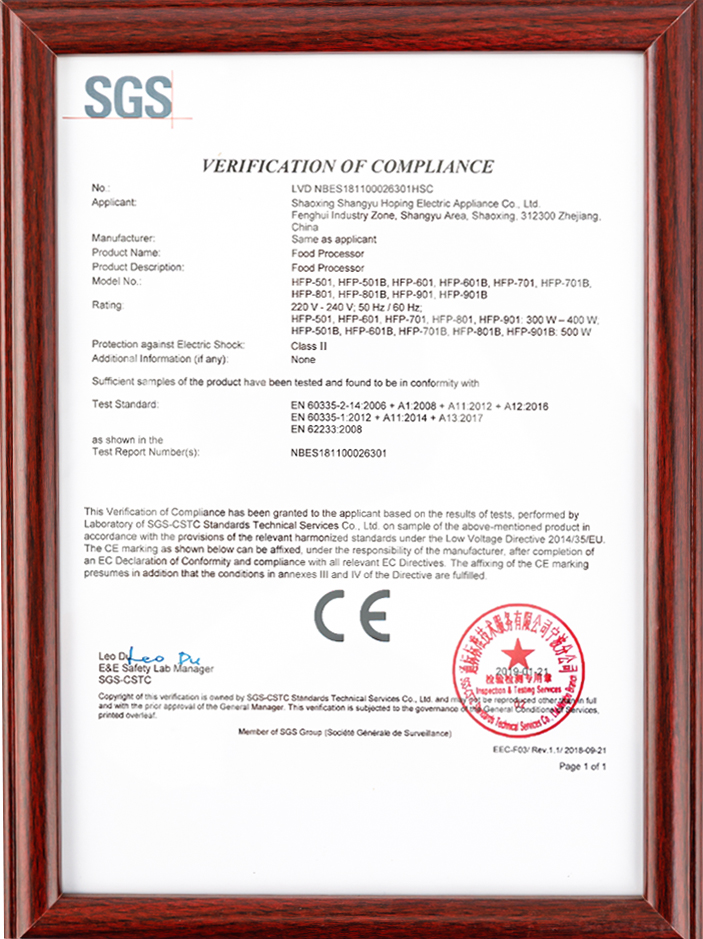
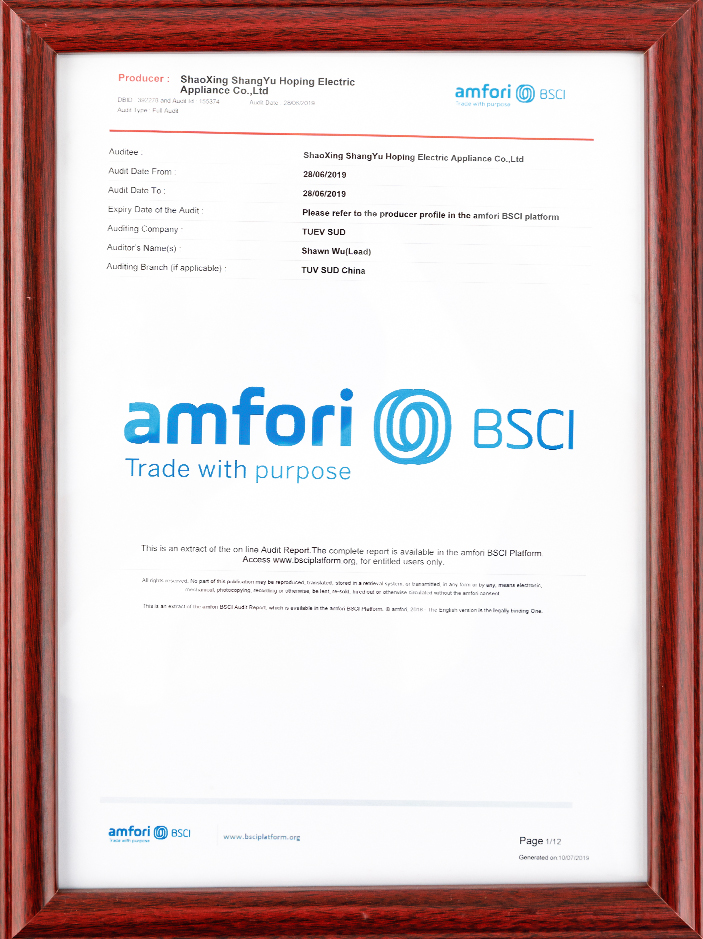
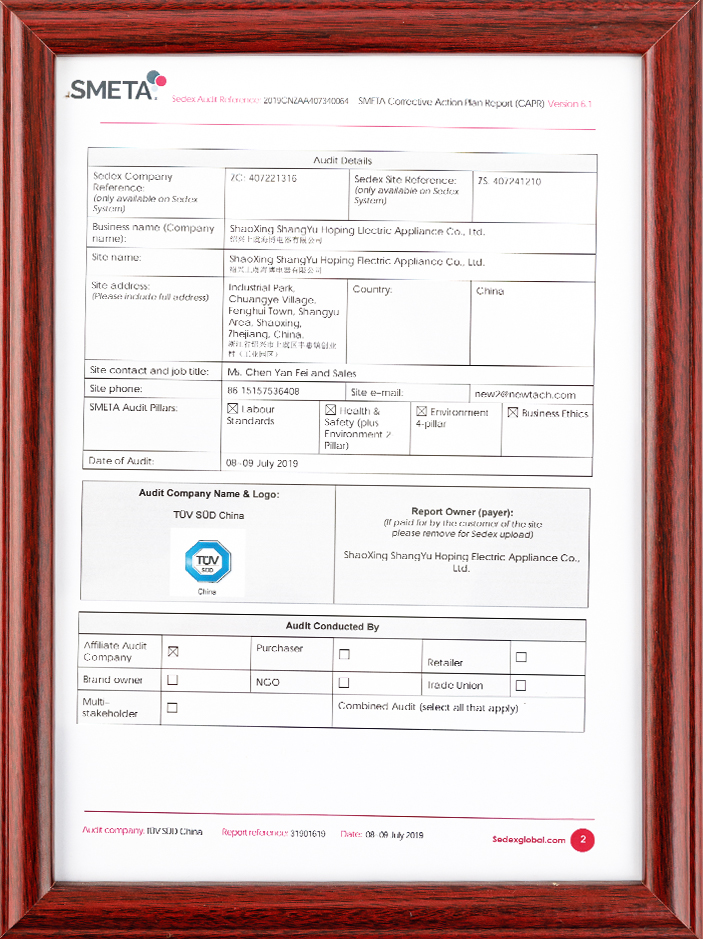
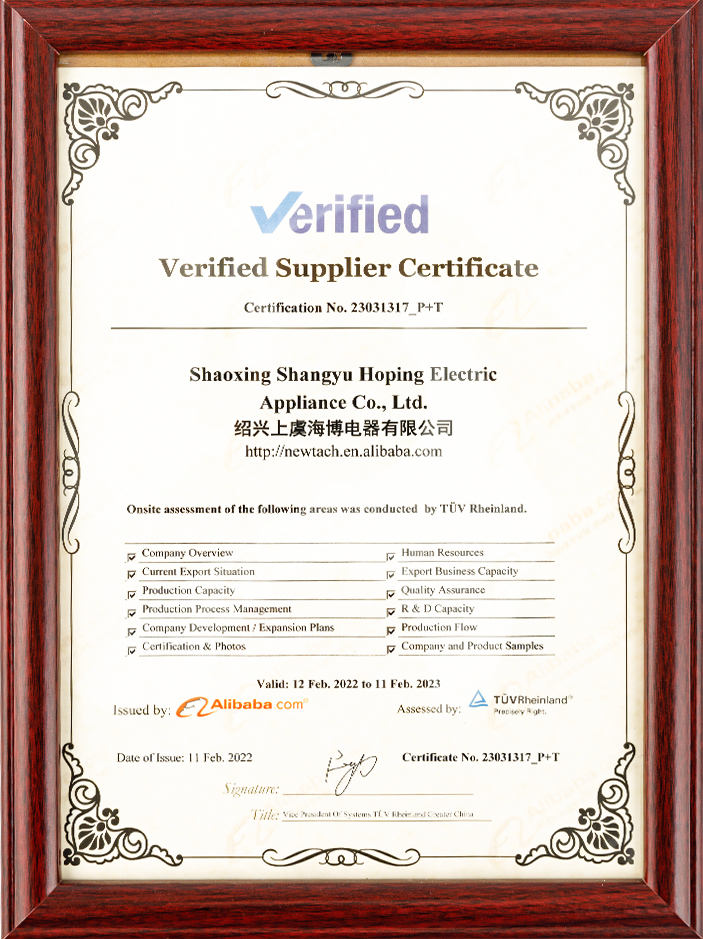
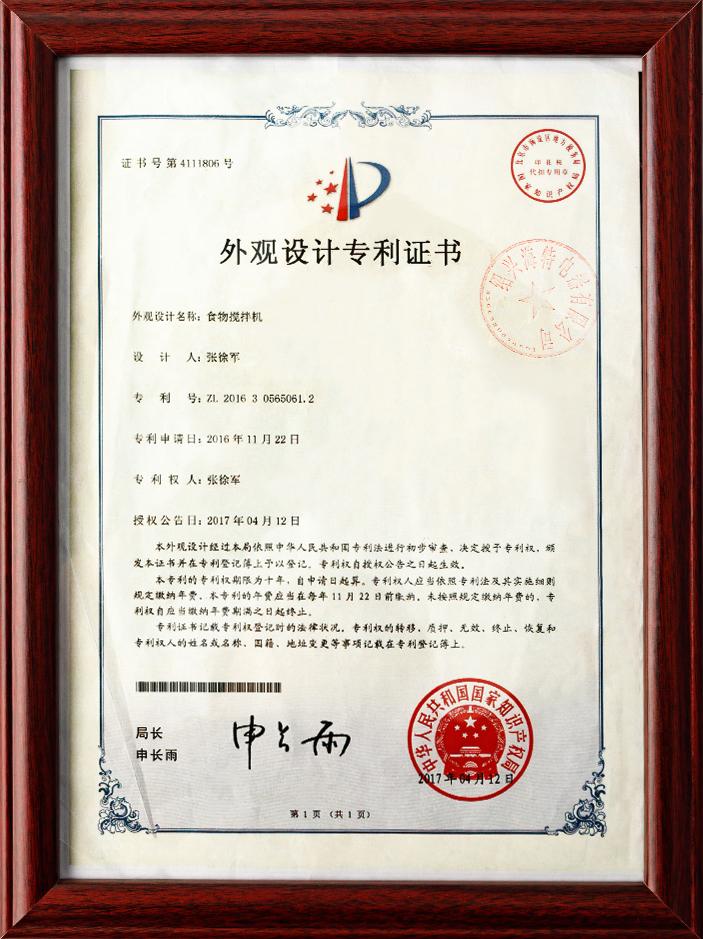
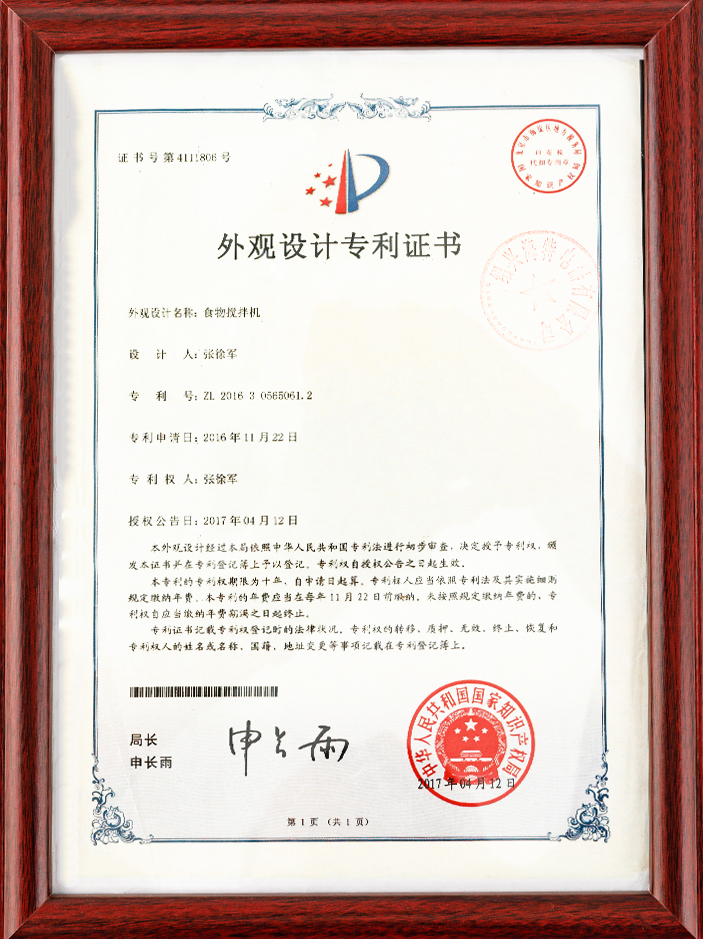
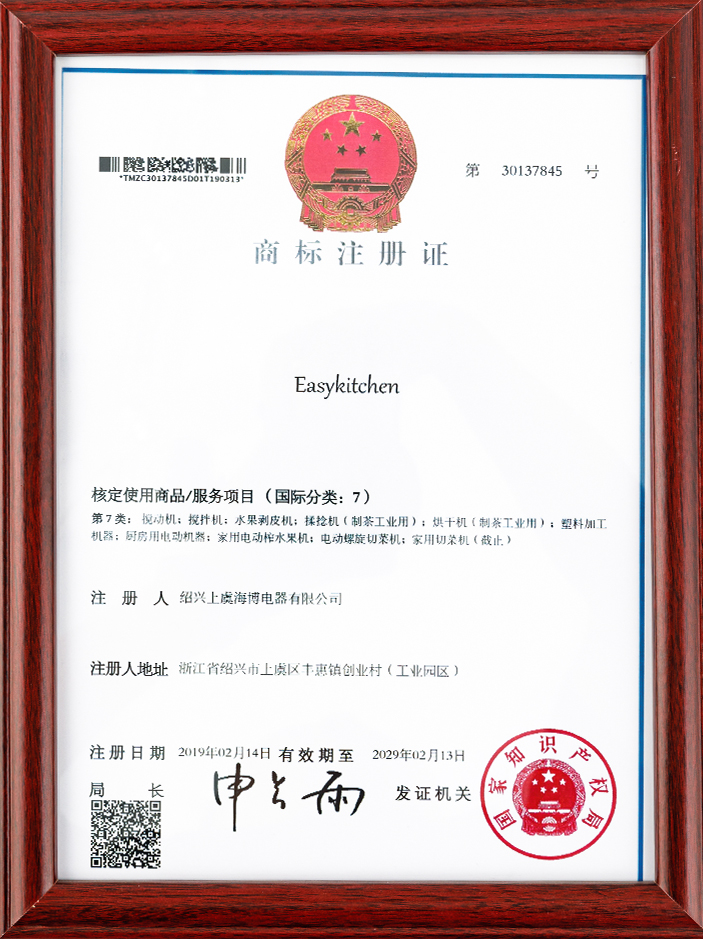
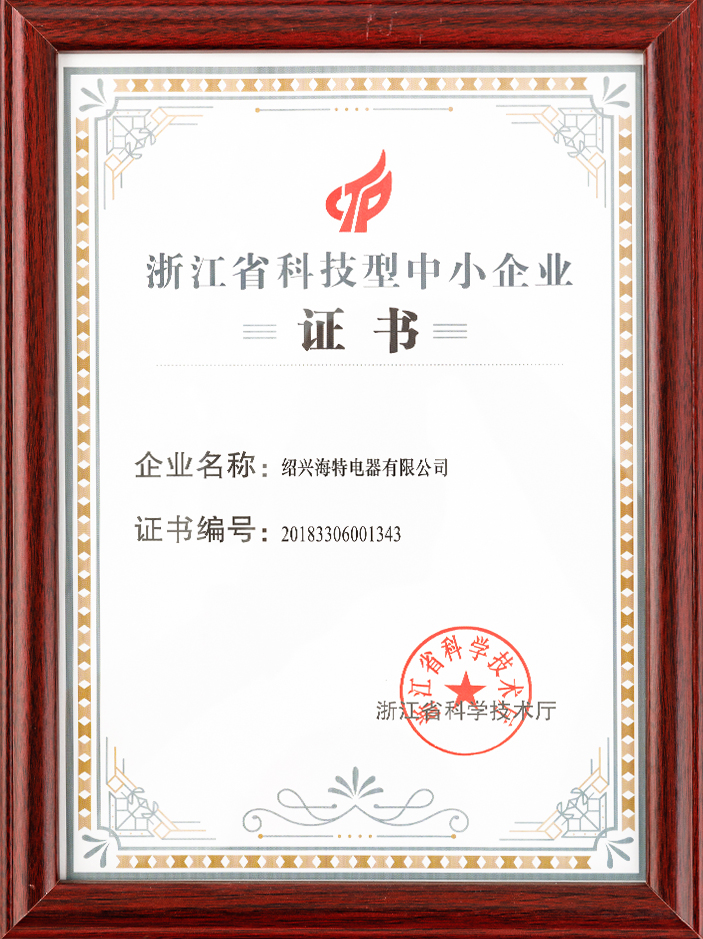
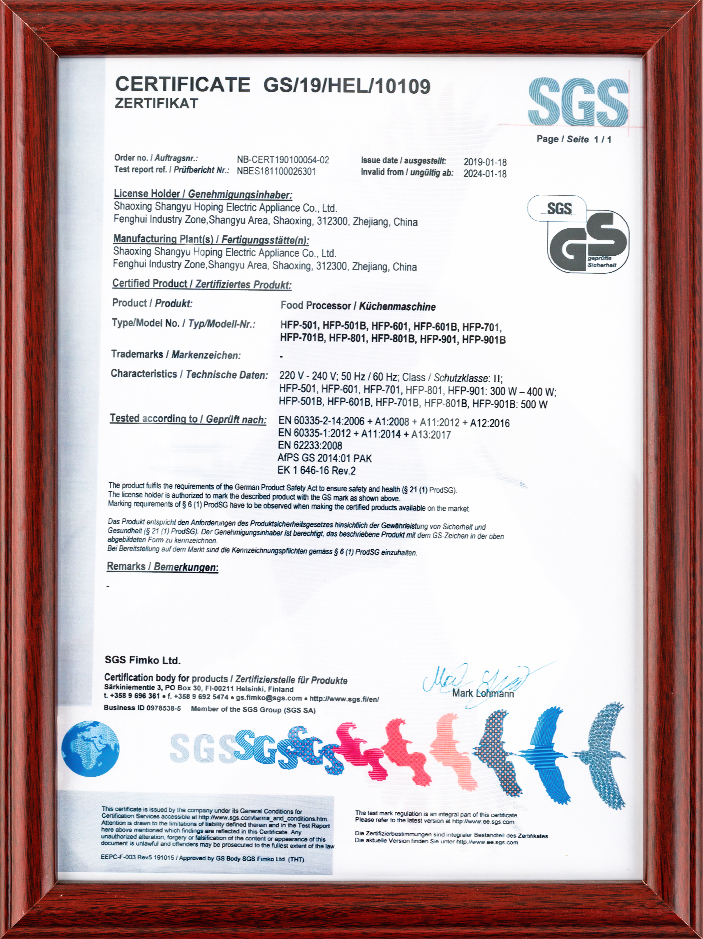





 浙公网安备 33060402001386号
浙公网安备 33060402001386号 